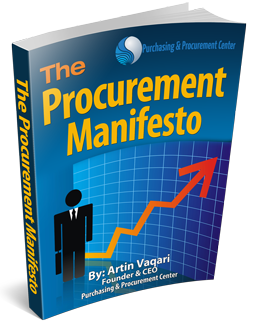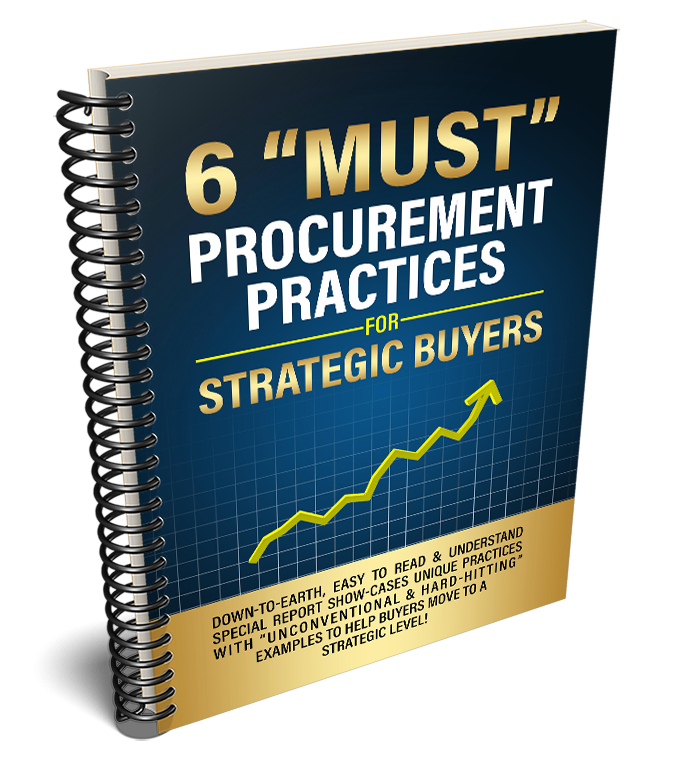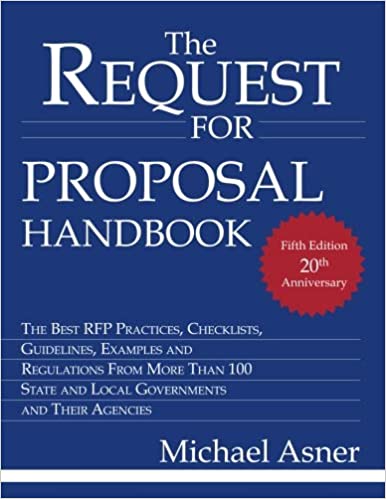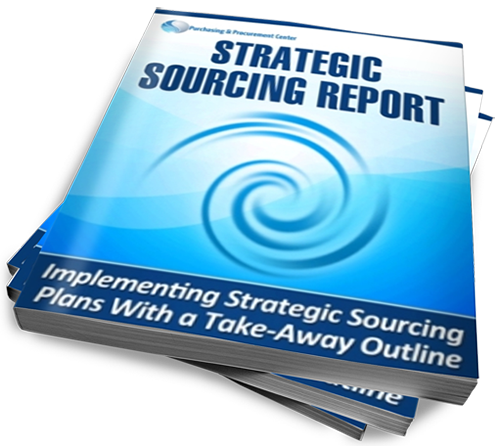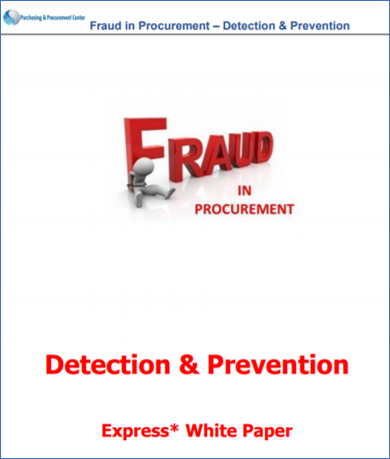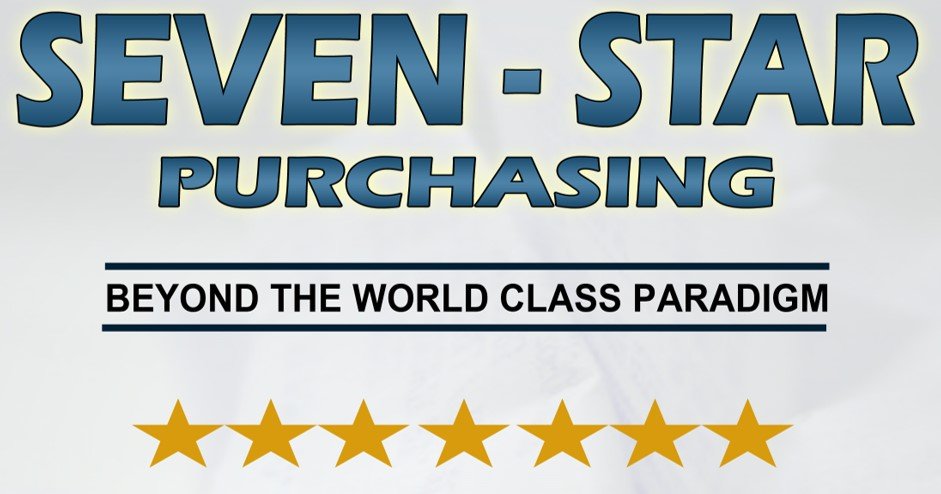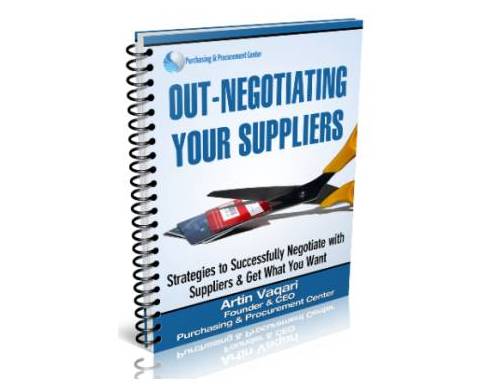Total Cost of Ownership (TCO) – The 3 Key Components
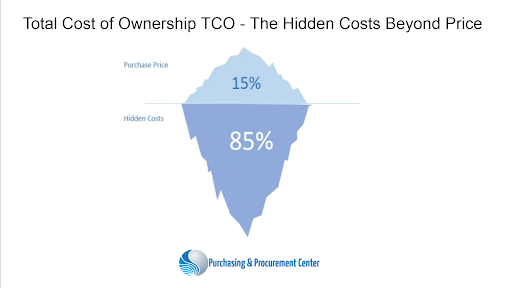
Total cost of ownership (TCO) is an analysis that looks at the hidden costs beyond price and places a single value
on the complete life-cycle of a capital purchase. This value includes
every phase of ownership: acquisition, operation, and the softer costs
of change management that flows down from acquisition such as
documentation and training.
Importance of Understanding Total Cost of Ownership (TCO)!
Watch the Video Below for a Quick Understanding of How TCO Affects Purchasing Decision, Before Continuing Below.
How Does Total Cost of Ownership/TCO Compare to Price?
Total cost of ownership/TCO highlights the difference between purchase price and long-term cost. This analysis came into the spotlight starting in the mid-eighties due to the expenses in supporting hardware and software IT acquisitions. Managers discovered that supporting the equipment and software could cost between 5 and 8 times the purchase price.
Once the differences between total cost of ownership (TCO) and price came into the forefront, companies began to take advantage of this calculation for a number of different capital investment decisions: buildings, vehicles, manufacturing equipment and information technology infrastructure.
There are a number of different ways this analysis is useful to decision makers. Total cost of ownership (TCO) analysis can help make critical lease vs. buy comparisons. By incorporating this into the acquisition process, it directly impacts outcomes in vendor selection, prioritization of capital acquisition, and overall corporate budgeting.
Total Cost of Ownership vs Price Analysis?
Price is What You Pay to Buy Goods/Services
Total Cost is What You Pay to Buy, Up-Keep & Use Goods/Services
What is Included in a TCO Analysis?
There are three core components to Total Cost of Ownership/TCO calculations:
- Acquisition/Physical Hardware Costs
- Operating Costs
- Personnel Costs
Let’s look at each of side by side.
1. Acquisition Costs
Acquisition/Physical Hardware costs include the cost of equipment or property before taxes, but after commisions, discounts, purchasing incentives and closing costs. Sometimes this will include one-time peripheral equipment or upgrades necessary to installation or utilization of the asset.
2. Operating Costs
Operating costs include subscriptions or services needed to put the item into business use. This includes:
- utility costs,
- direct operator labor, and
- initial training costs.
3. Personnel Costs
Personnel overhead may include:
- administrative staffing,
- support personnel to the equipment,
- facility housing the equipment and operators.
This may include ongoing training and troubleshooting labor for maintenance purposes.
Accounting Contributions
True total cost can include not only costs but incremental savings or revenue flows created by the capital investment. The change in cash flows versus the "business as usual" option is what mitigates total cost of ownership (TCO). Those monies must be valued using Net Present Value calculations to consider the values over time.
Real total cost of ownership (TCO) analysis is a critical tool in the decision-making toolbox for any sized business. It requires both an understanding of the investment considered and the potential business impact to find the right answer.
Return from Total cost of ownership (TCO) to Strategic Cost Management
Return from Total cost of ownership (TCO) to Purchasing Procurement Center Homepage

